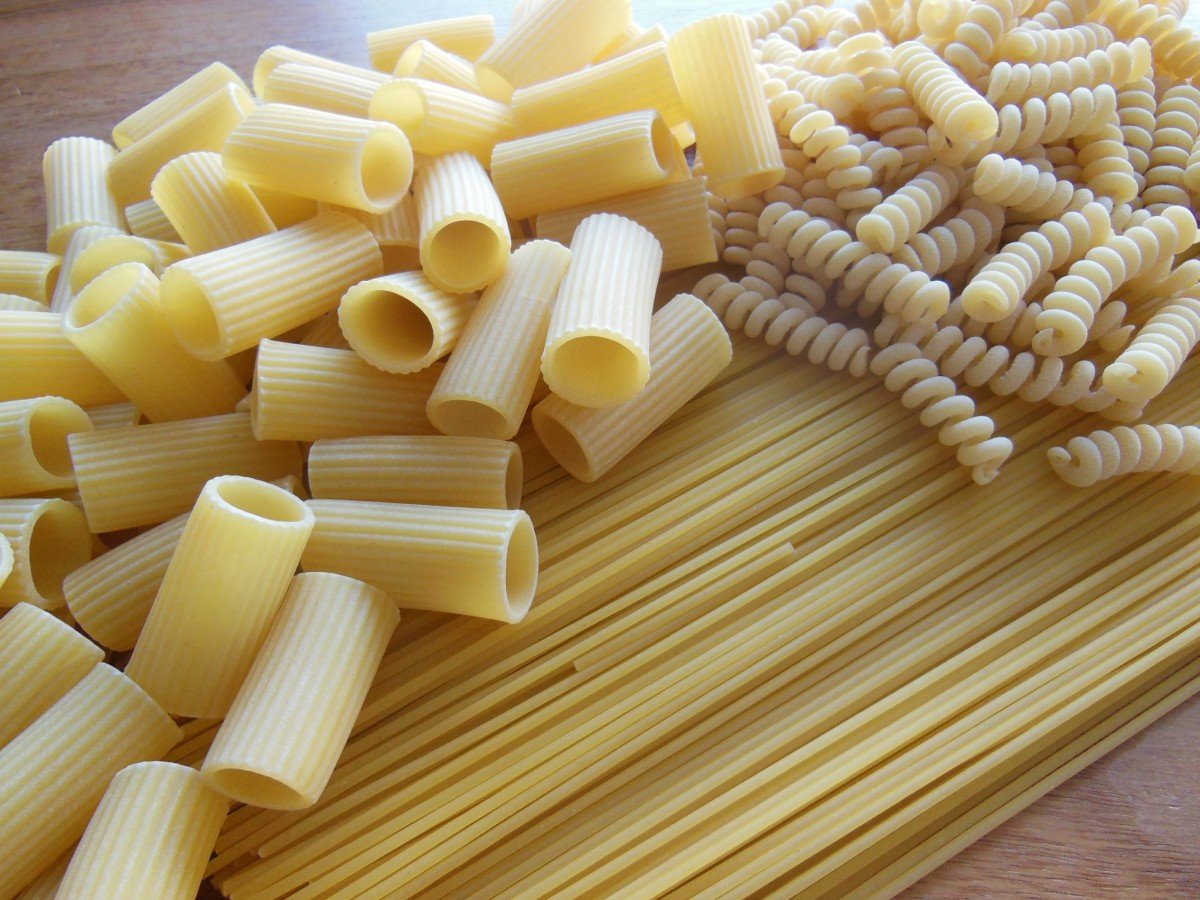
Pasta is a nice and lovely dish for lunch or for dinner, or it is just something you eat to have a light meal! Many people around the world, have their history and their traditions for eating pasta. And the country-of-origin can be a place in Asia!
There are many countries around the world that state that the pasta is coming from them! And the pasta was established in different countries independently of each other. Today, you can buy the pasta in every grocery store in a country, and you can also eat and appreciate pasta in restaurants in towns and cities around the world. So, the dish has got an attention and an awareness of people coming from domestic countries or abroad. And this is true for everyone, regardless of where you come from and where you have grown up!
As all products in the world through all times that there have been humans there, the products have their history and their different and same origin! You cannot talk about a product today, without being engaged in what the product can do for you, and the distinct taste and smell that any dish have when doing dinner! Hence, country-of-origin effects should focus on the landscape it comes from, the warmth in the working environments where the dish is serving, and the quality of the dish! And some people are also engaged in the price, and what the product can do for you!
Pasta is a dessert dish, and we need focus and research in all things that we perceive on earth. Some things are good, and some things are bad, but as long as there are people engaged with different things somewhere sometimes in the countries in question, you will find much talking and walking efforts due to the products that you find. The Chinese people ate noodles as long as back to 200 years BC. Accordingly, we can claim that the pasta came from China! Many people have therefore, had their pleasures with eating pasta in China. And the popularity to this dish, has spread itself to many places in the world.
Today, we aret hinking about pasta as a culturally Italian food, it is likely the descendent of ancient Asian noodles. A common belief about pasta is that it was brought to Italy from China by Marco Polo during the 13th century. Therefore, international trade and the movements from Asia to Europe, brought the pasta to Italy, and since it came there, it has been an explosion and diffusion of its popularity to many countries in the world. And today, you can just walk into a grocery shop, and you can buy the product there, and after a while or immediately you can eat it and enjoy it!
We have many theories and beliefs about pasta, and what has happened to pasta through all the times before us. But the most plausible explanations dwell with Marco Polo and the history of international trade. We cannot use none products without being engaged where they come from and which benefits they have! Since pasta is an international dish, we also have the organisation: International Pasta Organisation (I.P.O.). Today, we cannot move anywhere, without getting the stories about lucrative products such as silk and perfume. And we can move to other products also, but the most products have their history, and the humans are using them in different societies today, both in national and international environments. You should like the products you sell, and you should find the reasons to buy! Much is good for your body, and products are also using in making environments even better! That can be between humans in parties and in hotels and in different homes, and you could also use products to get the homes and the organizations with better interior and exterior design! I wish good luck to everyone engaged with national and international trade!
Please do follow if you want to keep up with my next article. Any upvotes or resteems are hugely appreciated!
Latest article, check out :
The history of music artists: The case of Sia!
Sverre Larsen
Kristiansand, Norway
Latest content: Travel, Art, Food, Article, Poetry

